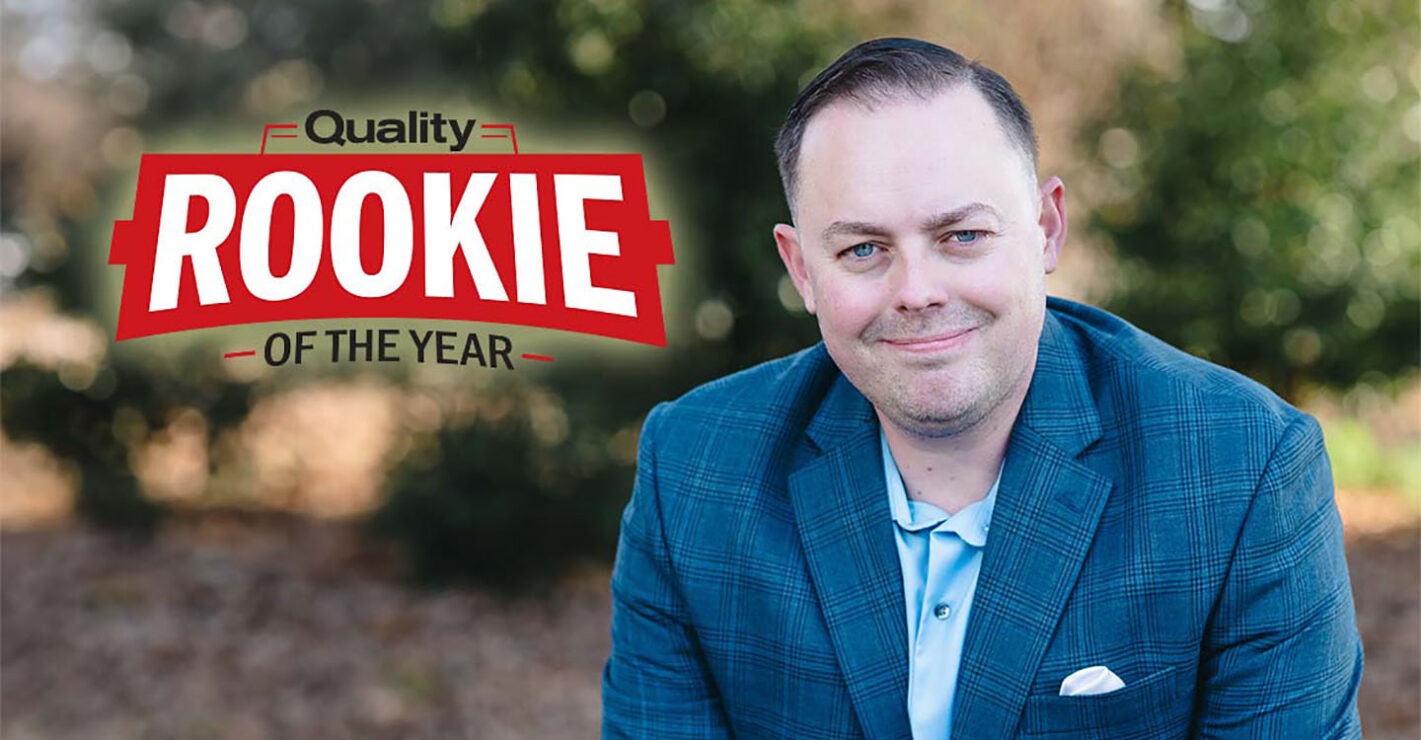
Usually I devote this space to addressing issues of quality, manufacturing, the corporate culture or politics (I write to you from the outskirts of Washington, DC). Often these issues stand on their own, and occasionally one or two may intertwine. A recent news item I read has implications in each of these areas.
The October 3, 2008, issue of The Kiplinger Report brought to my attention a new technology being used to power automobiles; it breaks all the conventional thinking with regards to quality, manufacturing and corporate culture, and it has definite political implications. Zero Pollution Motors (www.zeropollutionmotors.com) has developed a working car powered by compressed air technology. In the compressed air mode alone, the car reaches speeds of 35 mph and allows a range of 60 miles per day-perfect for use as a city/urban car. Using heated compressed air, which requires a small amount of gasoline, biofuel or propane to power the heater, the car has the equivalent gasoline mileage of 106 mpg, and a range of 848 miles with a maximum speed of 96 mph. The air compressor can be “refilled” by plugging the vehicle into a normal power outlet, or automatically refilled when it is driven at high speeds.
The car seats as many as six people, is built using aerospace and lightweight materials, and includes all the latest advanced safety features. The car is expected to sell for less than $20,000 USD, and India-based Tata Motors has already bought the rights to make the car for the huge Indian market. I encourage you to visit the company’s Web site to get all the details.
The details on the car’s manufacture certainly challenge conventional ideas on materials that are used, how assembly is done, and how the car is sold, repaired and serviced. The new design and manufacture will create new quality challenges, but with successful prototypes on the road for more than 10 years, many of these issues have been addressed already.
As for political implications, Zero Pollution Motors’ car addresses both the need for alternative fuel and green issues-two phrases every politician has learned to latch on during the past six months. Because of filters, the air that leaves the exhaust is cleaner than the air taken in to fill the compressor. With the addition of gas, biofuel or propane to fuel the heater, the compressed air-powered car has fewer emissions than Toyota’s Prius, Honda Civic Hybrid and the Daimler-manufactured nightmare called the Smart Car.
The concept for this car began under rather conventional circumstances. Former aeronautics and Formula One engineer Guy Negre was interested in developing a bi-energy engine that would reduce gasoline consumption. As inspiration, he exploited the fact that Formula One race cars start their engines with a burst of compressed air and the rest is, as they say, history. He brought his son aboard, Cyril Negre, because of his experience in composite materials at Bugatti Automobili spa, and also hired Shiva Vencat because of his experience in metals and materials. Negre took conventional technologies, expanded his vision and developed a revolutionary new product.
To further innovative ways of doing business, the air-powered cars will not be sold through dealers; they will be delivered to the customer directly from a local factory. This keeps costs down and eliminates the need to “haggle” on price. Maintenance will be done through a network of licensed repair shops that will simply replace defective parts, ensuring all parts are new. Oil changes come once every 30,000 miles.
Will Negre and his combustion air technology be a winner in the marketplace? It remains to be seen. His licensing to Tata will ensure the cars can be delivered in volume, and he is securing such partnerships in the United States as this is being written. Personally, I am intrigued.
Negre’s story raises larger questions: Are others able to make the same innovations? The capability is certainly present among U.S. workers, but is the will to do so available?
Motivational speaker Larry Winget once repeated the famous truism, “If you keep doing what you’ve been doing, you’ll keep getting what you’ve been getting. If you want to change what you been getting, you have to change what you’ve been doing.”
Are you doing the same things? Do you often take a step back from your daily routine and evaluate procedures and processes in new ways? Is your company set up to allow you to “think outside the box?” New products and processes emerge from using the ordinary to do extraordinary tasks.
Share your thoughts with me at [email protected].


